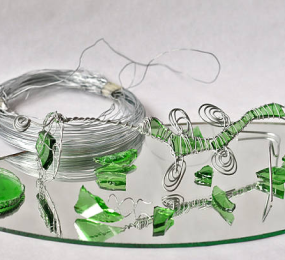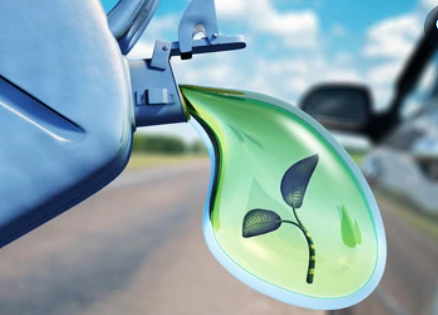Advances in Feedstock for Biopolymer Production: From Agriculture to Algae
Biopolymers, derived from renewable biological sources, offer a sustainable alternative to traditional petroleum-based plastics. As demand for eco-friendly materials grows, research and development efforts are focused on identifying and optimizing feedstocks for biopolymer production.
Agricultural residues, such as corn starch, sugarcane bagasse, and wheat straw, have long been used as feedstocks for biopolymers. These materials are abundant and relatively inexpensive, making them attractive options for large-scale production. However, competition with food production and potential environmental impacts, such as deforestation and water scarcity, limit their sustainability.
In recent years, there has been increasing interest in exploring non-food feedstocks, such as algae. Algae, a diverse group of aquatic organisms, can be cultivated in various environments, including wastewater treatment plants and open water bodies. They have a high growth rate and can produce significant amounts of biomass, rich in carbohydrates and lipids. These biomolecules can be converted into a variety of biopolymers, including biodegradable plastics and biofuels.
While algae-based biopolymers offer significant potential, challenges remain, including high production costs and the need for efficient harvesting and processing techniques. Nevertheless, ongoing research and technological advancements are gradually addressing these issues, paving the way for a more sustainable future.
Visit our website to know more: https://www.leadventgrp.com/events/3rd-annual-world-biopolymers-and-bioplastics-innovation-forum/details
For more information and group participation, contact us: [email protected]
Leadvent Group - Industry Leading Events for Business Leaders!
www.leadventgrp.com| [email protected]
















